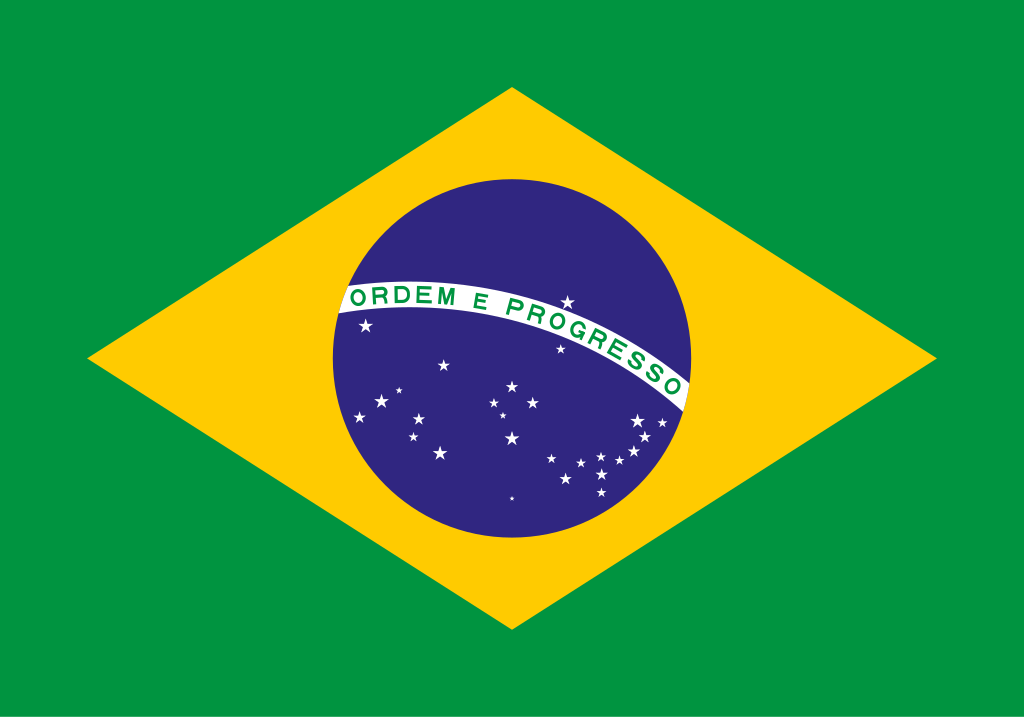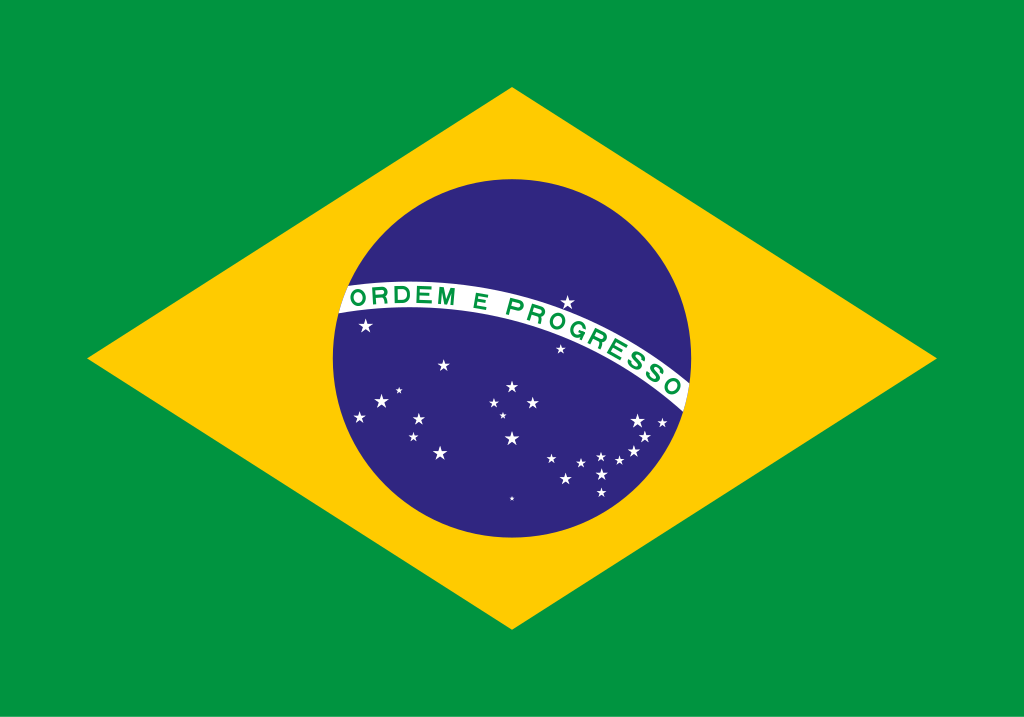Spatial cluster analysis of COVID-19 in Malaysia (Mar-Sep, 2020)

All claims expressed in this article are solely those of the authors and do not necessarily represent those of their affiliated organizations, or those of the publisher, the editors and the reviewers. Any product that may be evaluated in this article or claim that may be made by its manufacturer is not guaranteed or endorsed by the publisher.
Authors
A Correction has been published | View
Coronavirus disease 2019 (COVID-19) is the current worldwide pandemic as declared by the World Health Organization (WHO) in March 2020. Being part of the ongoing global pandemic, Malaysia has recorded a total of 8639 COVID-19 cases and 121 deaths as of 30th June 2020. This study aims to detect spatial clusters of COVID-19 in Malaysia using the Spatial Scan Statistic (SaTScan„¢) to guide control authorities on prioritizing locations for targeted interventions. The spatial analyses were conducted on a monthly basis at the state-level from March to September 2020. The results show that the most likely cluster of COVID-19 occurred in West Malaysia repeatedly from March to June, covering three counties (two federal territories and one neighbouring state) and moved to East Malaysia in July covering two other counties. The most likely cluster shows a tendency of having moved from the western part to the eastern part of the country. These results provide information that can be used for the evidence- based interventions to control the spread of COVID-19 in Malaysia.
How to Cite

This work is licensed under a Creative Commons Attribution-NonCommercial 4.0 International License.
PAGEPress has chosen to apply the Creative Commons Attribution NonCommercial 4.0 International License (CC BY-NC 4.0) to all manuscripts to be published.










